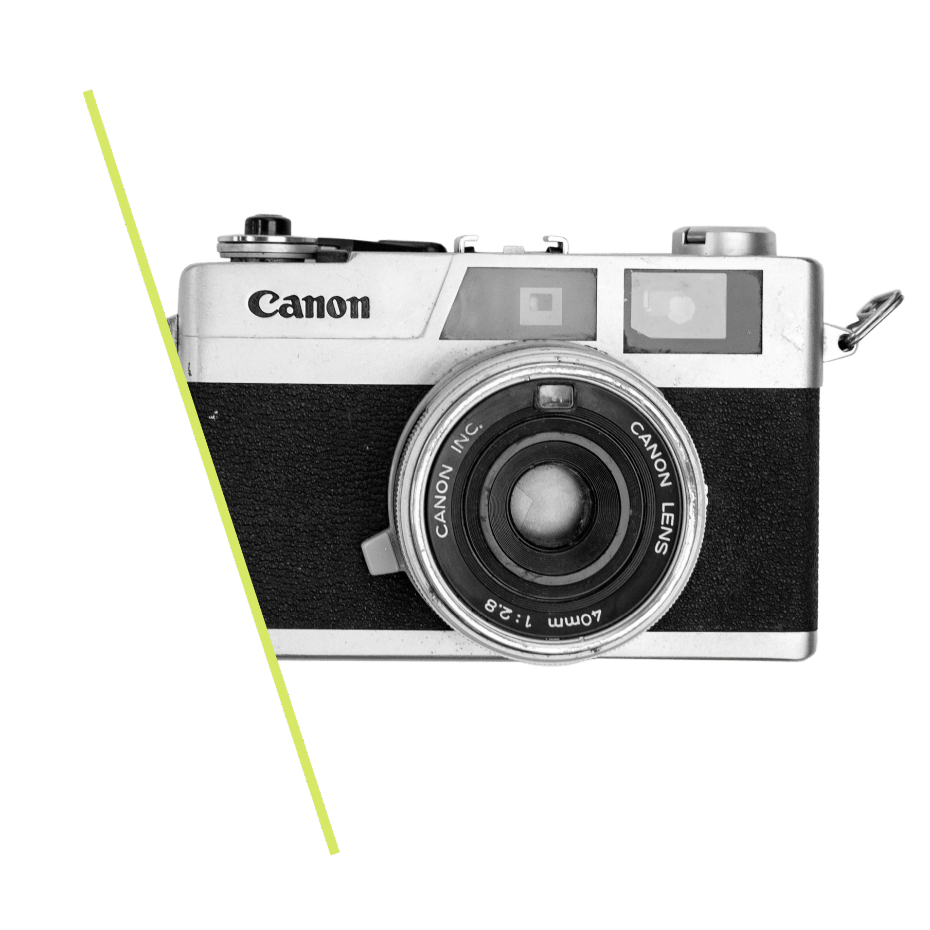Client Services Director and branding specialist Gemma Boss, explores how brands should be thinking (way!) beyond the logo.
When people think about a brand, they often just think about its logo or visual identity but a brand is so much more than that. It’s made up of many tangible and intangible elements which can impact a person’s buying behaviour,
The concept of sensory branding has emerged as a powerful tool for businesses looking to control that narrative and stand out in a competitive marketplace by creating memorable and meaningful connections with their target audience.
Sensory branding harnesses the five senses—sight, sound, touch, smell, and taste—to evoke emotions, trigger memories, and establish strong brand associations. By carefully crafting multi-sensory experiences, brands can build differentiation in the market, foster brand loyalty and ultimately drive sales.
Some brands who have achieved this include Lush, whose retail stores are a visual, colourful treat for the eyes and you can also smell them before you see them! They also offer customers the opportunity to sample products in-store, allowing them to experience scents, textures, and even sounds (like fizzing bath bombs) firsthand.
Mercedes Benz, and other car manufacturers, often highlight the roar of the engine, the smoothness of the ride, and the tactile sensation of gripping the steering wheel to appeal to the senses, whilst Apple is a master of appealing to customers through their minimalist aesthetics, sleek design and tactile packaging.
So let’s look at each of the senses in turn, explore real-world examples of successful implementation, and provide insights into how businesses can create more immersive brand experiences.
A sense by sense guide to sensory branding.
1. Sight
Perhaps one of the most obvious ones for branding – how we interact with brands is predominantly through our eyes and is therefore still the most powerful sense in advertising.
C&W Top Tip - Make sure that your brand design stems from a strategic starting point. Don't make the mistake of jumping straight into creative design, your brand visuals should represent who you are. Make sure you consider all elements of your visuals - your colours, fonts, graphics, images, and video.
A great example of this is Cadbury who have taken ownership of their iconic brand purple which is used across all touchpoints. When this is paired with their scrawled font, vibrant, colourful, imagery, and fun campaigns, they present a strong, consistent identity.
2. Smell
Our sense of smell is so closely linked to emotions and memory that it’s no surprise that many brands have put their focus into associating themselves with a scent. Whether it’s food outlets wafting the smell of freshly baked bread out into the street or hotels defining a signature fragrance for themselves, smart marketers know that scents can have a powerful effect on consumers.
C&W Top Tip - It's not just the major consumer brands that need to consider scent. If you have any premises which are visited by your customers, even your office, you should remember that pleasant fragrances will invoke a more positive reaction and a better memory of your brand and business. So next time that member of staff heats up leftovers for lunch, make sure you spray round before the client meeting!
3. Sound
With the ever growing rise of commercial radio, music streaming, and podcasts, the options for audio advertising have never been greater, and therefore so is the opportunity to create a sonic brand. A good sonic brand is simple, memorable, engaging, and sparks an automatic awareness of a business.
To put it to the test, here’s a list of sonic brands that we know you’ll be able to sing along to in your head!
- Did somebody say Just Eat?
- Ba da da da da, I’m Lovin’ It
- Moonpig.com
- Netflix ‘Dun-Dun’!
- Just sold my car to We Buy Any Car
- Washing machines live longer with Calgon
- Checkatrade
- Autoglass Repair Autoglass replace
And we’re sure you can think of plenty more!
C&W Top Tip - Creating a sonic brand is a real investment of time as it needs to be embedded into people's consciousness. If you're not in a position to do this, then still consider how you could use sound in your marketing. Many people listen to audio platforms in their car or on headphones so it can be a very personal medium, offering opportunities to talk directly to consumers in a way that can't always be achieved through other channels.
4. Touch
For anyone who has opened up a new iPhone, you will know how important touch can be to the whole brand experience. If you have a product to sell, then here is the moment to really explore your customer journey and how they interact with the product both on the shelf or when receiving and opening it up. The right paper stock, printing techniques, POS impact, and packaging will all help bring your brand alive.
An effective tactile marketing strategy would be allowing consumers to familiarise themselves with your product by allowing them to touch, hold, and interact with it so they feel more connected. Obviously, retail stores have the advantage here but online brands such as Glasses Direct which offer a free home trial service, are still recognising the importance of a ‘try before you buy’ approach.
C&W Top Tip - If you're selling a service then you can still consider ways of using tactile marketing and making a connection with the consumer through touch. Ensure your sales material is printed on quality stock, consider under-used channels such as door drops which can make a real impact, or send engaging promotional merchandise - all of which have the opportunity to get something physical in your customer's hands.
5. Taste
Whilst there are many food and drink brands who have been replicated in Lild and Aldi and which arguably would be difficult to tell apart in a blind taste test, there are still some holding true to their distinctive brand ingredients. For many consumers, ketchup and beans do only mean Heinz, breakfast can only be Kellogg’s and the distinctive taste of Baileys can never be compromised.
This is becoming a harder sell during the cost of living crisis when even the most stalwart ‘brand’ buyers are more open to buying unbranded products in a bid to save money. Brands such as Greggs are now having to work harder to show mouth-watering visuals and tantalizing descriptions to entice people to buy.
C&W Top Tip - If you're not a food and drink manufacturer then you can still associate your brand with culinary experiences, perhaps through a competition or sponsoring a popular event such as a food festival
Whilst your brand may not be suited for a full five-sensory experience, humans work best when we combine our senses to create multi-dimensional impressions of something.
If a brand only uses visual assets then it’s only optimising 20% of its potential to build a distinctive positioning. And why would anyone want to do that?
Your brand is like your business’s fingerprint, unique. We create distinctive and compelling brands with personality. To learn more about branding and the services we provide, don’t hesitate to email us or call the team on 01392 666291.





